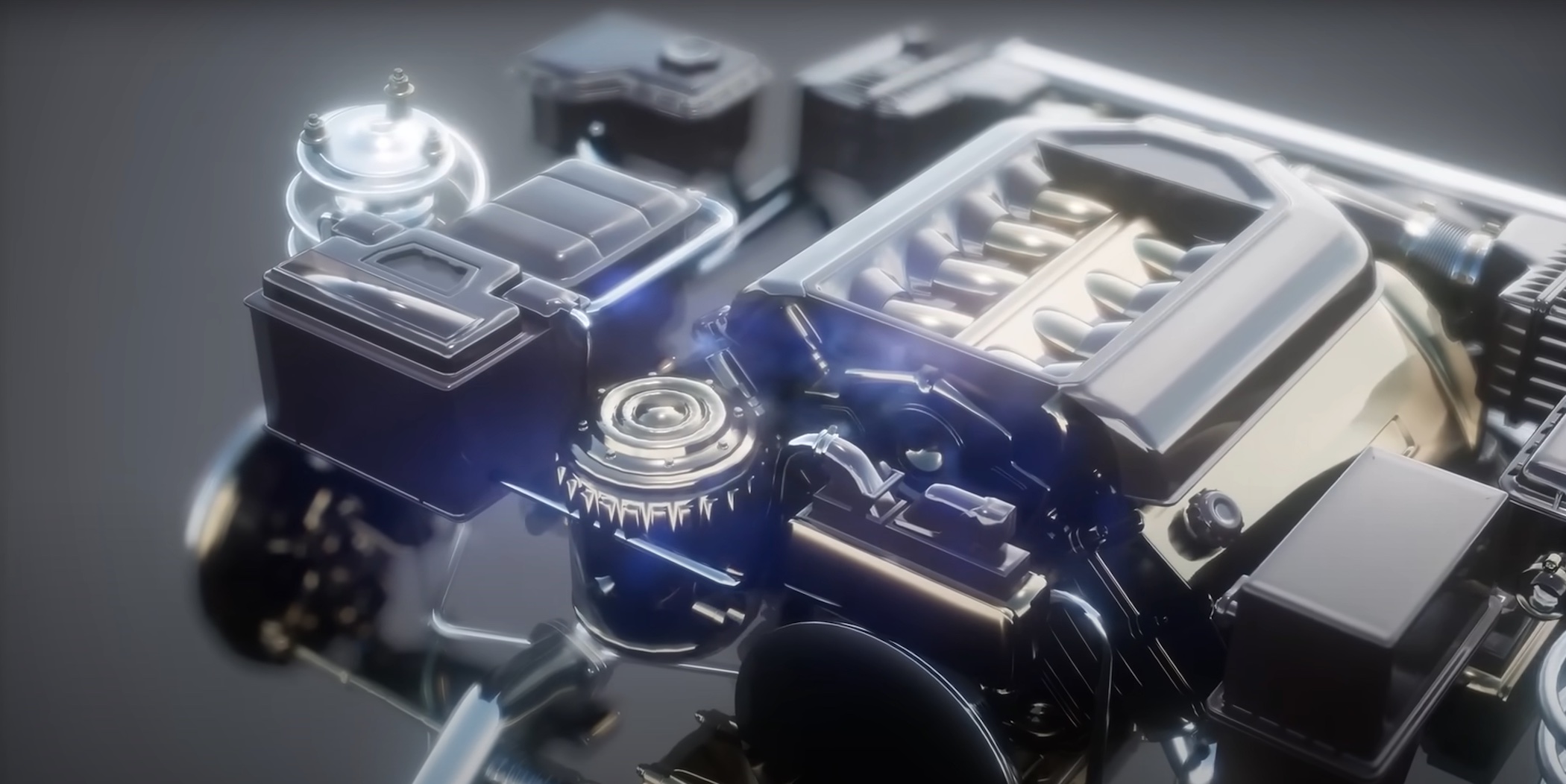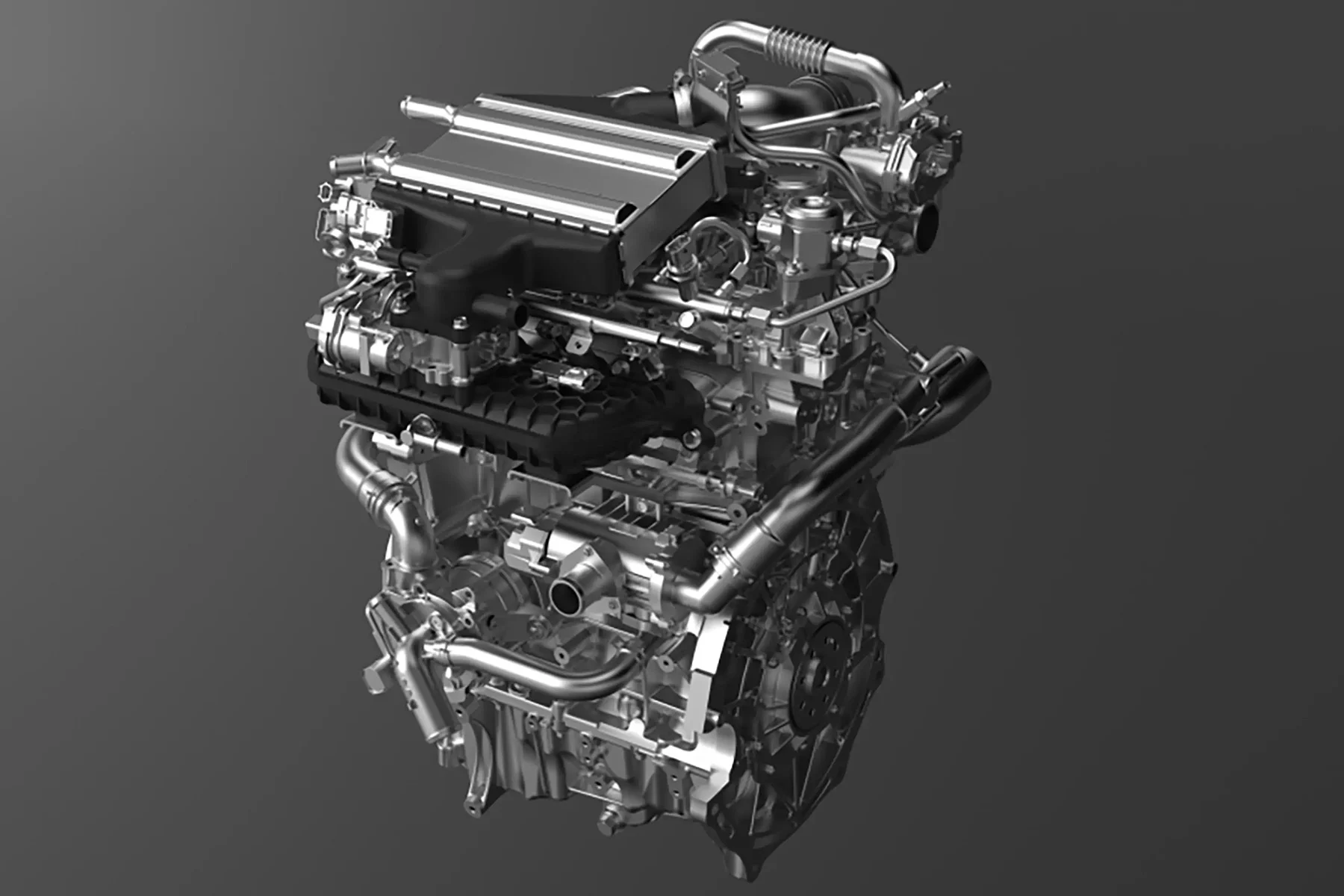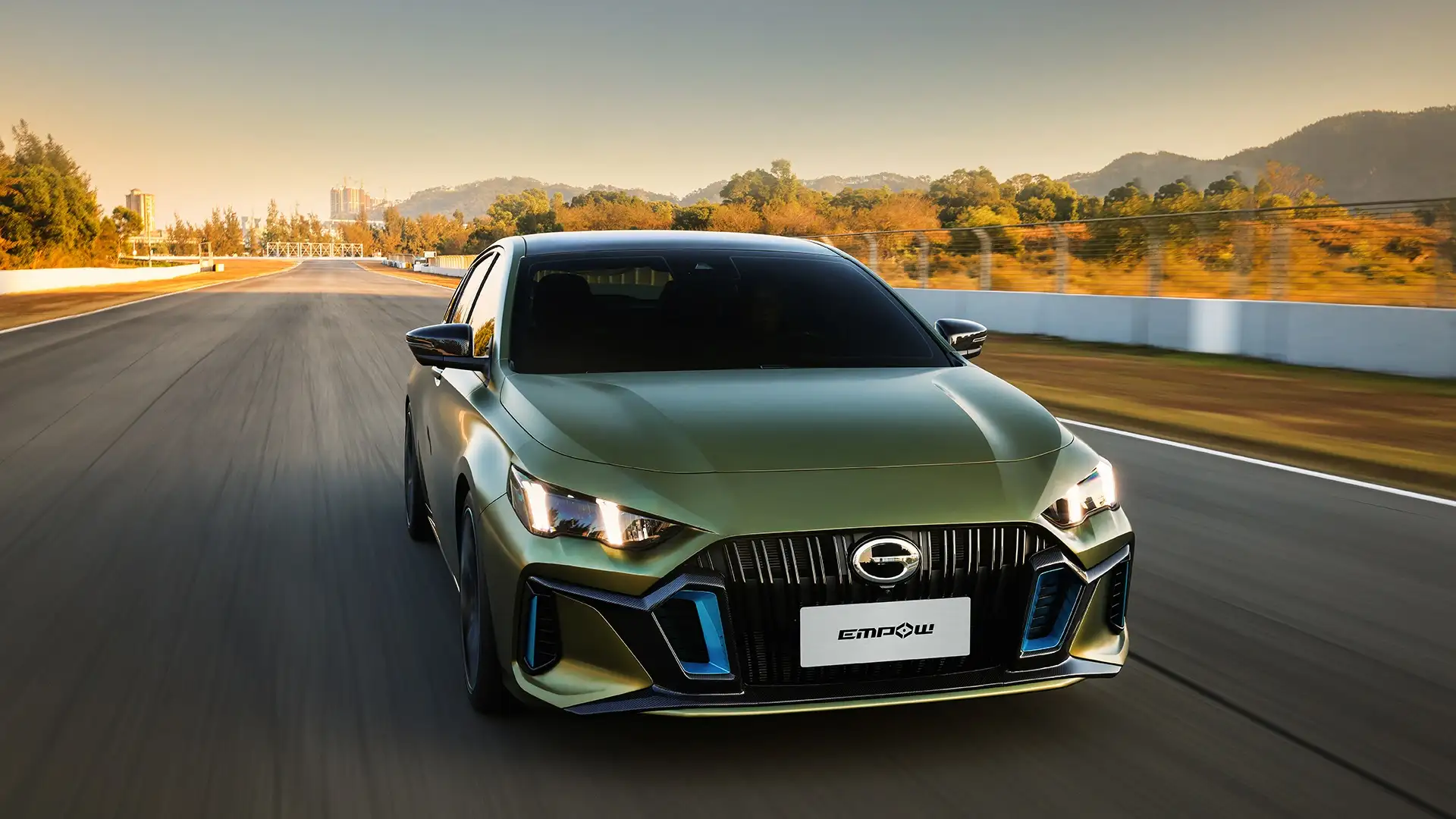Toyota Proposes End Of Electric Vehicles

Toyota, a name synonymous with innovation in the automotive world, has once again made headlines. This time, it's not about electric vehicles (EVs) but about a pioneering ammonia-powered engine. Developed in collaboration with the Chinese state-owned manufacturer GAC Group, this engine might just be the game-changer the industry needs.
What is an Ammonia Engine?
An ammonia engine is a type of internal combustion engine that uses ammonia as its primary fuel. The beauty of ammonia lies in its composition: one nitrogen atom and three hydrogen atoms, with no carbon atoms. This means that when burned, it doesn't release carbon dioxide, a major greenhouse gas. The potential of such an engine is immense, especially in our collective quest to reduce carbon footprints.
Why is it Important?
The global push towards sustainable energy solutions has led to a surge in EVs. However, Toyota believes in diversifying its approach. The ammonia engine offers a promising alternative, especially when considering its high energy density. This makes it ideal for sectors where efficient energy storage and transportation are crucial, such as in transportation and power generation.
Moreover, ammonia is abundantly available. Its production primarily involves hydrogen and nitrogen, both of which are plentiful in our atmosphere. This makes ammonia engines not only environmentally friendly but also potentially cost-effective in the long run.

The Toyota-GAC Collaboration
Toyota's partnership with GAC has resulted in a prototype engine that burns liquid ammonia. This 2-liter four-cylinder engine boasts of a power output of 161 horsepower and claims to reduce carbon emissions by a staggering 90%. Such advancements could revolutionize automobile design and significantly contribute to environmental conservation.
However, the journey wasn't without challenges. From managing combustion pressure to addressing nitrogen emissions, the development team faced numerous obstacles. Yet, their dedication and innovative spirit have brought this concept to life.
The Bigger Picture
China, the world's largest EV market, still has a significant demand for traditional combustion engines. With talks of the Chinese government potentially banning the sale of internal combustion engine cars, alternative fuels like ammonia could extend the life of the combustion engine. Such fuels might even prove more cost-effective than EVs in the long run, offering consumers both eco-friendly and convenient transportation options.

Toyota's exploration into ammonia-powered engines is a testament to its commitment to diverse and sustainable energy solutions. As the technology matures, it might not be long before we see ammonia-powered vehicles on roads worldwide.
In conclusion, while the world is rapidly moving towards electric vehicles, Toyota's ammonia engine reminds us that innovation can come from unexpected quarters. As we drive into the future, it's exciting to think of the myriad ways we might power our journeys.










